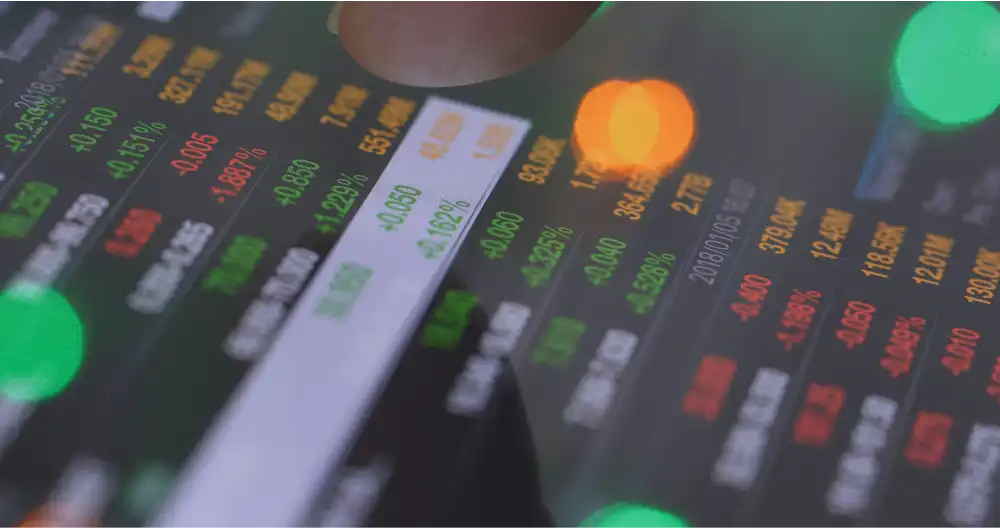
Q4 2023
The last three months of 2023 brought a significant upturn for investors, marking a rebound from the modest setback experienced in the previous quarter. This period was characterized by robust gains in most key investment categories, fueled by the growing belief that central banks might reduce interest rates earlier in 2024 than initially thought. This led to a widespread surge in market performance. Developed market stocks saw a total return of 11.5%, and global bonds yielded an 8.1% return. However, commodities were an exception, ending the year on a weaker note with a -4.6% return, following their high performance in 2022.
Growth stocks, relieved by the diminishing concern over prolonged high interest rates, achieved a 13.4% return over the quarter. Value stocks also performed well, with a 9.5% return. Real estate trusts and smaller companies, previously hindered by higher rates, recovered significantly, yielding returns of 15.6% and 12.6% respectively. Market expectations of six interest rate cuts by the Federal Reserve in 2024 also played a role in this resurgence.
In a reversal from the third quarter, global equity markets, particularly in the United States, experienced notable growth. The S&P 500, with its emphasis on growth stocks, achieved its best quarterly performance in three years with an 11.7% return. The year's returns were largely driven by a group of seven leading tech and AI stocks. However, the final quarter saw a more widespread rally, with a third of the index reaching new annual highs by December.
European stocks also saw substantial gains of 6.7%, though they underperformed compared to U.S. stocks, not due to sector-specific issues but rather the composition of their index. Emerging market stocks rose by 7.9%, despite challenges in the Chinese market, where stocks fell by 4.8%. However, strong performances in other regions, especially Latin America, compensated for this, with the MSCI EM LATAM Index surging by 17.8% in U.S. dollar terms.
Japanese stocks, less influenced by central bank policies, were the weakest performers, gaining just 2.0%. The UK market also lagged, partly due to its significant investment in underperforming energy stocks and the strength of the sterling, ending the quarter with a 3.2% increase.
Entering the final quarter of 2023, there was a consensus that central banks were done raising interest rates, but there was uncertainty about how long the rates would remain high. However, lower-than-expected inflation figures in the U.S. and Europe eased these concerns, shifting expectations towards early rate cuts by central banks. This shift was further reinforced at the December Federal Open Market Committee meeting, where projections indicated three rate cuts in 2024. Significantly, Chair Powell deviated from his previous stance and did not counter the market's expectations for early cuts in 2024.
The fixed income market also showed positive trends. Anticipations of imminent rate cuts, narrowing spreads, and a weakening dollar all contributed to positive returns. The anticipated dovish trajectory for interest rates meant that government bonds, especially in Europe, performed strongly. The UK Gilts led with an 8.6% return, aided by a longer duration in the index, while Italian bonds benefited from tightening spreads compared to German Bunds, resulting in a 7.5% return.
